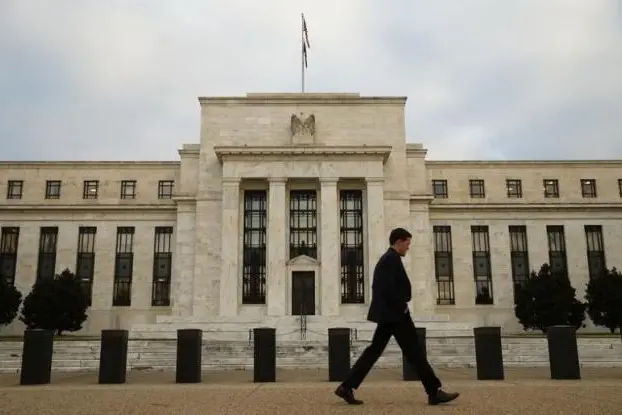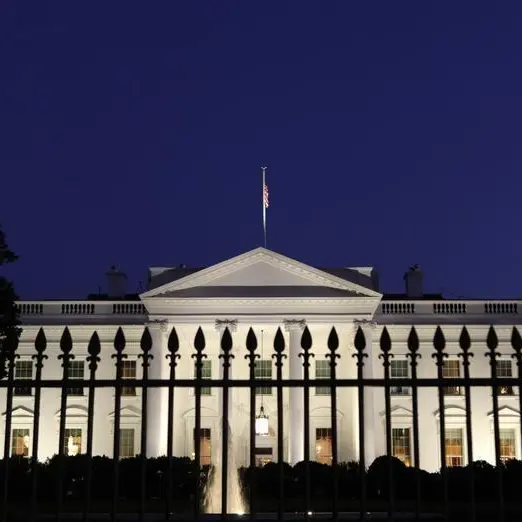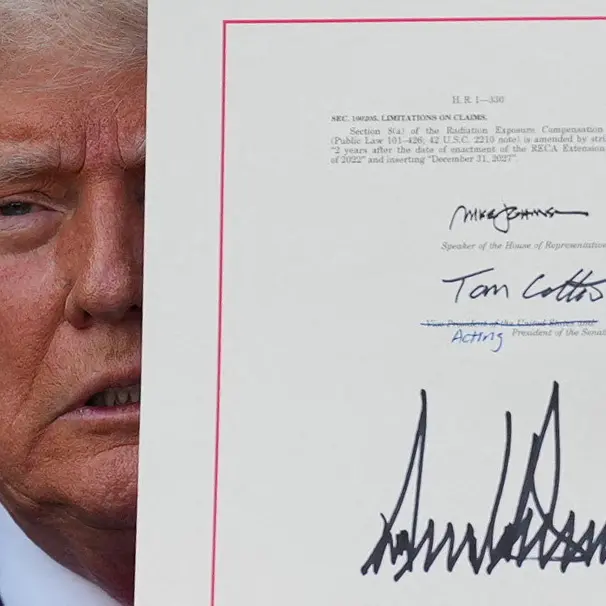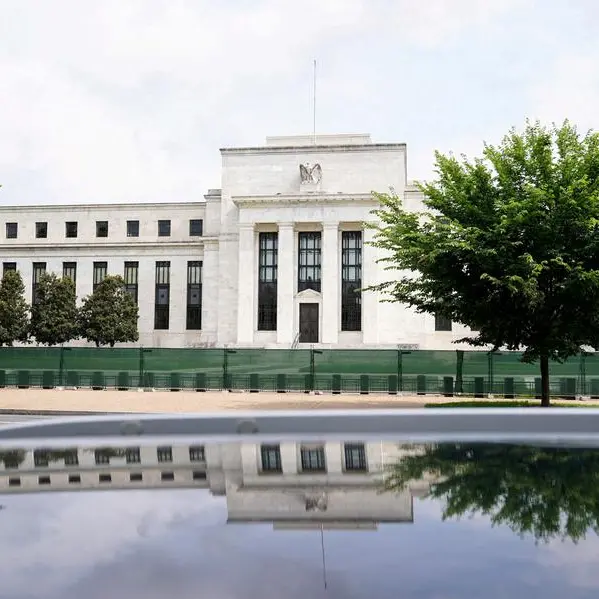PHOTO
A man walks past the Federal Reserve in Washington, December 16, 2015.
The two recent U.S. bank collapses and the Federal Reserve's new lending program that was launched to prevent wider financial system fallout may have a knock-on effect on the U.S. central bank's efforts to winnow down its massive balance sheet.
A key plank of the actions announced on Sunday by the U.S. Treasury Department and Fed - the Bank Term Funding Program - aims to steady the financial system by swapping bonds owned by banks for the cash those institutions need to shore up their deposits and capital positions. Those bonds - collateral for Fed loans of up to a year in duration - will end up on the central bank's $8.4 trillion balance sheet.
Analysts at Wrightson ICAP said in a research note this week that the new facility "could attract a substantial amount of interest from banks" because its pricing is attractive compared with other options. It also allows bonds now held by banks that have lost substantial value due to Fed interest rate hikes to go to the central bank at face value.
Depending on how extensively the BTFP winds up being used, it could act as a counterweight to the nearly $100 billion in bonds the Fed is allowing to mature and not be replaced each month. So far it has managed to shed nearly $600 billion of bonds from a balance sheet that topped out above $9 trillion in the middle of last year.
That so-called quantitative tightening is a complement to the rate hikes the Fed has delivered in its battle to curb inflation. Those moves have taken its benchmark overnight interest rate from the near-zero level a year ago to the current targeted 4.50%-4.75% range, with another quarter-percentage-point increase expected at the March 21-22 policy meeting.
An overall aim of these efforts is to draw liquidity out of the banking system, and while Fed officials are unsure how long this process will play out, economists at Wrightson and elsewhere believe it may take longer now. The Fed does not look poised at this point to retreat from the QT program, but the influx of new bonds pledged for BTFP loans may boost overall financial system liquidity as measured by bank reserves.
"The more advantageous financial terms of the new Fed facility could divert a substantial amount of borrowing from the (Federal Home Loan Banks) and boost the size of the Fed's balance sheet," Wrightson said. "(T)he long-awaited liquidity squeeze resulting from the Fed's asset runoffs could be delayed yet again."
UNSETTLED MARKETS
Derek Tang, an economist with forecasting firm LH Meyer, said he doesn't see any near-term changes in the Fed's balance sheet plans, but he added that the central bank finds itself in the difficult situation of having to take further action to combat high inflation in an environment where monetary policy may be getting too tight for a stressed banking system.
"I don't see immediate change to runoff" because bank reserves, joined with the massive Fed reverse repo pool, mean there are plenty of reserves in the financial system, which gives the Fed space to press forward with balance sheet reduction, Tang said.
Still, "reserve balances might not fall as much as they thought before because BTFP will actually add reserves and grow the balance sheet."
Some observers believe the unsettled nature of markets right now means the Fed should consider stopping the balance sheet drawdown process.
The Fed's new banking facility is "a powerful backstop," but "history suggests that risk aversion will persist for a while," analysts at Citibank wrote. "We struggle to see how the Fed can both continue QT and remain hawkish at this juncture," they said.
(Reporting by Michael S. Derby; Editing by Dan Burns and Paul Simao)





















